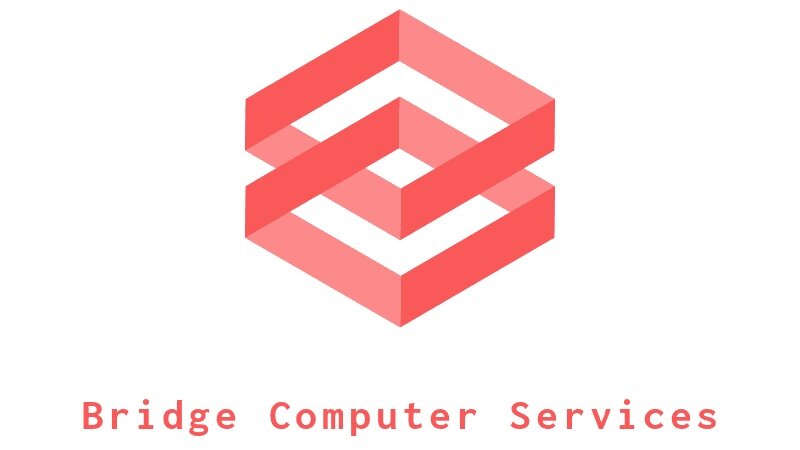What’s an SSD?
Image: unsplash.com
For decades, data was stored primarily on mechanical hard drives. These traditional hard disk drives (HDDs) are mostly based on moving parts, like a read/write head that goes back and forth to gather data. This makes HDDs the likeliest computer hardware component to fail.
The new solid-state drives work completely differently. They use a simple memory chip called NAND flash memory, which has no moving parts and near-instant access times.
Early experiments with SSD-like technology started in the 1950s, and by the 1970s and 1980s they were being used in high-end supercomputers. However, the technology was extremely expensive, and the storage capacity was small (2MB-20MBs) compared to the ludicrous 5-digit prices. SSD technology was used occasionally in the military and aerospace sectors, but it wouldn’t be used in consumer devices until the 1990s .
In the early 1990s, hardware innovations caused SSD prices to drop. However, the lifespan and size were still an issue: An SSD had a lifespan of roughly 10 years. It wouldn’t be until the late 2000s that SSDs would start to become more reliable and to provide decades of continuous usage at acceptable access speeds.
The memory chips on an SSD are comparable to random access memory (RAM). Instead of a magnetic platter, files are saved on a grid of NAND flash cells. Each grid (also called blocks) can store between 256 KB and 4MB. The controller of an SSD has the exact address of the blocks, so that when your PC requests a file it is (almost) instantly available. There’s no waiting for a read/write head to find the information it needs. SSD access times are thus measured in nanoseconds.
What are solid-state drives used for?
SSD adoption began in high-performance technology areas and in enthusiasts’ PCs, where the drives’ extremely low access times and high throughput justified the higher cost. But they have since become an accepted option -- or even the default choice -- in lower-cost mainstream laptops and PCs.
SSDs have specific benefits in the following areas:
• Business: Companies working with huge amounts of data (such as programming environments or data analysis) often rely on SSDs, as access times and file-transfer speeds are critical.
• Gaming: Gaming computers have always pressed the limits of current computing technology, justifying relatively expensive equipment for the benefit of gaming performance. That is particularly true for storage, as modern blockbuster games constantly load and write files (e.g. textures, maps, levels, characters).
• Mobility: SSDs have low power requirements, thus contributing to better battery life in laptops and tablets. SSDs are also shock resistant, which reduces the chances of data loss when mobile devices are dropped.
• Servers: Enterprise servers need SSDs to get fast reads and writes in order to properly serve their client PCs. What are the different types of SSDs When you shop for an SSD, you’ll encounter a number of different terms such as mSATA or PCIe. So what does it all mean? Here’s a primer on what you need to know. To attach an SSD to your system, you need to connect it using a specific interface. Common interfaces are:
• PCIe and NVMe SSDs: PCI Express (PCIe) is normally used to connect graphics cards, network cards, or other high-performance peripherals. This interface gives you high bandwidth and low latency, making it ideal when you need blazing-fast communication between the SSD and your CPU/RAM. SSDs that use this connection type are based on the Nonvolatile Memory Express standard (NVMe), which offers higher input output per second (IOPS) and even lower latency than SATA (which we’ll get to in a moment). NVMe boasts up to 16 GBits per second of raw throughput which, thanks to multiple parallel channels, runs at up to 4,000 MB per second.
• mSATA III, SATA III, and traditional SSDs: Serial Advanced Technology Attachment (SATA) is an older interface that was designed specifically for storage, with speeds up to 6 GBit/s or about 600 MB per second. SATA is slowly being phased out by NVME, which is significantly faster. However, older PCs or laptops with a hard disk drive would still benefit from an upgrade to a SATA-based SSD. SSDs are available in all sorts of storage capacity, starting at around 32 GB and ranging up to 5 TB in the consumer space. (Of course, capacity is significantly higher for enterprise grade storage, with commensurately higher prices.) During the short-lived era of netbooks (remember those? They were cheap, but slow and flimsy), the famous Asus Eee PC series used 1-4 GB of SSDs as storage, from which parts of the operating system were run for faster access. This was the first mainstream use of SSDs. From then on, ultrabooks and eventually desktop PCs started to adopt SSDs. Common sizes today are between 250 GB and 500 GB, which is plenty of space to hold your Windows operating system, the most common programs, and a lot of your personal files.
So, what now?
Thinking about upgrading? Contact us on 0161 408 3201, or book in via bridgecomputerservices.co.uk/booknow to give your old PC or Mac a new lease of life!

